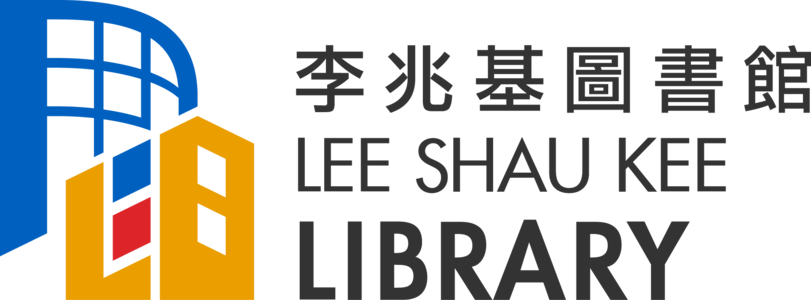Introduction to Julia Nee Chu’s Works
Artists draw inspiration from different sources. Some are influenced by what they see around them, others are moved by experiences and aesthetics they encounter everyday, while some others draw from their heritage and things learned early in their lives. No matter what the source or sources are, artists reveal in their work ideas and concepts that are of particular significance and importance for them. In traditional Chinese painting, nature occupies a paramount place among the subject matters preferred by artists. Reverence for nature is as primordial as civilization itself. In Chinese art, the natural world has been depicted by countless Chinese artists throughout the centuries, it would not be surprising to find artists of Chinese origin today who still find themselves attracted to nature and all the power and energy it embodies.
To say that Julia Nee Chu is an artist of Chinese ethnicity who shows great affinity for nature does not really tell us much about her or her work. Born in Shanghai, Chu has lived in Los Angeles since 1970s, and received her M.F.A. degree from the University of California, Los Angeles. Chu found herself working in the gestural idiom of Abstract Expressionism because of the many similarities of this particular style with the Chinese concepts of ink painting, such as the notion of “writing from the mind”, drastic abstraction, and usage of a dynamic, free flowing brush to build a texture of strokes that makes space tangible.
Chu’s paintings, however, do not resemble anything Chinese. Traditional Chinese painting never advocated total abstraction À likeness to the object depicted is very important. Her images are abstracted landscapes À scenes of the mind. We have to look closely to discern forms. Layer upon layer of paint are applied to the canvas, other times, she lets the paint drip from her brush onto the large surface of the canvas laid out on the floor of her studio in Santa Monica, CA. Chu’s style is clearly influenced by Abstract Expressionism, but instead of the raw power and muscular gestures that can be seen in the brushwork of Jackson Pollock or Willem de Kooning, Chu’s compositions reveal the refinement and fluidity characteristic of Asian calligraphy. The end product is a blend of color, textures, and shapes that emphasizes the free movement of the brush, the free-spirit mindedness of the artist in the creative process.
A recurrent motif in Chu’s work is the top. The spiral movement of this conical form represents kinetic energy, and energy is manifested in nature through time, where nothing is permanent, everything changes. As in Chinese philosophical doctrines, Chu sees nature as all encompassing, where humans are just a small part constantly searching for placement and orientation in the universe.
Chu does not force herself to depart or reject her Chinese heritage. Chinese philosophy has always played a role in Chu’s paintings, it gives them thematic content as art is never without context. Her heritage is dear to Julia Nee Chu, and she has opted to reveal it without inhibition. As nature nourishes man, her heritage nourishes her art.
Manni Liu
Curator, Chinese Culture Center of San Francisco
July 1995

